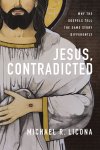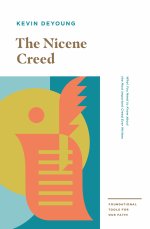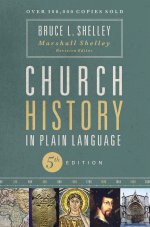There has been a buzz surrounding the release of Licona's book, as the varied list of scholars who make approving remarks on the back cover illustrates. And indeed the book not only tackles something of critical importance to Christianity - the Resurrection - but does so in meticulous detail.
There are five sections. The first is a thorough consideration of the theory and methodology of history, which is then followed by: The Historian and Miracles; Historical Sources Pertaining to the Resurrection of Jesus; The Historical Bedrock Pertaining to the Fate of Jesus; and Weighing Hypotheses.
The first section deals with differing approaches to history and - crucially - to what extent is it possible to reconstruct a 'true' past. This question is all the more pertinent to discussions of a 'Historical Jesus', given the number of Jesuses which bear a striking resemblance to the historian who is producing the portrait. A number of approaches are discussed, including a critique of postmodern analysis, and Licona seeks to lay bare his own biases. In the end, he concludes that what the historian can hope for is a reasonable certainty rather than an absolute confidence.
The second section focuses on the issue of the miraculous and history, and there is a consideration of the approaches taken by a number of scholars (although not Bultmann). Here I suspect some readers might depart from Licona's conclusions as to the miraculous, but it is nonetheless useful to have a well thought out argument for the historicity of miracle claims.
A survey of the ancient literature which concerns itself with the resurrection is found in section three. There is a range of writings from the canonical gospels to pseudepigrapha writings and non Christian sources. Some Apostolic fathers take their place in the survey too. The reliability (for the purposes of the book) of each source is considered.
In the fourth of the sections, the sources which are assessed as reliable are brought to bear upon the interpretation of the resurrection. In many ways, this is the core of Licona's work and as a result is the most detailed. The aim here is to look at the data and ask the question: does the resurrection provide the best explanation of what was written? So it is that passages such as Paul's and James' conversions are discussed: is a meeting with the resurrected Jesus the best explanation of these events?
Finally, the book closes with Licona engaging with a range of scholars and weighing their propositions as to the resurrection. The engagement is detailed and really quite encyclopaedic in its scope. The conclusion is yes, the resurrection of Christ makes best sense of the data which we have and other suggestions as to what motivated the early church fall short.
This is an impressive book, and one which will be widely read and debated. As a conservative treatment of the theme it is a valuable addition to the debate and a good resource.
Trustpilot







